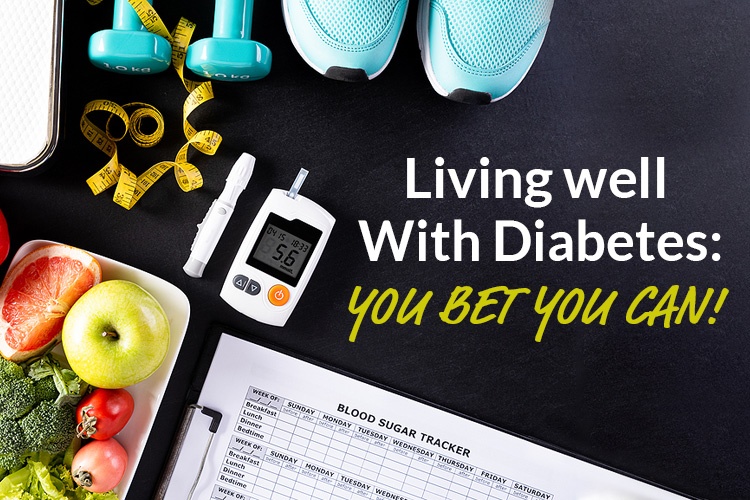Every month, I’ll be highlighting Diabetes research that is going on RIGHT NOW! Harvested from different websites, journals and podcasts, I’ll translate them into understandable English and share them with you. Today: The FACT is that as much as I would like it to be…THIS IS NOT TODAY! But it IS in the future and scientists are working on it!
“Everybody with diabetes has a reduced number of beta cells, but all still have some beta cells. Everyone with diabetes needs more beta cells. We set out years ago to find drugs that could help beta cells replicate,” Dr. Andrew F. Stewart at Mount Sinai Hospital of New York, says.
But some of us are a bit impatient. As a science teacher who CONTINUES his education in many areas of science, I have a vested interest in research dealing with breast cancer, Alzheimer’s Disease, and Type 2 Diabetes. I did a bit of searching, and we have few genuinely radical ways of treating our condition using sugar scavengers and drugs (both solid and injectable) that deal with the glucose in our blood in various ways: “Several classes of type 2 diabetes medicines exist. Each class of medicine works in a different way to lower blood sugar. A medication may work by causing the pancreas to make and release more insulin, limiting the liver's ability to make and release sugar, blocking the action of enzymes in the intestines that break down carbohydrates, slowing how quickly cells take in carbohydrates, improving cells' sensitivity to insulin, limiting the kidneys' ability to take in sugar, which increases the amount of sugar that leaves the body in urine, and slowing how quickly food moves through the stomach.”
While those keep millions of us alive and able to enjoy life to its fullest extent, I wondered about what LONG-TERM treatments might be like.
In the old 1986 STAR TREK movie, “THE VOYAGE HOME”, an elderly woman is laying on a surgical stretcher, waiting in a hospital corridor. Obviously listless and in pain, Doctor McCoy of the USS Enterprise hurries past. He takes a moment to ask her what’s wrong. She tells him she’s waiting for dialysis. Genuinely surprised, he says, “My God! What is this, the Dark Ages? He turns back to the patient and hands her a large white pill. As they later escape with Chekov, the old lady is in a wheelchair, wildly waving her arms, crying, “The doctor gave me a pill and I grew a new kidney! The doctor gave me a pill and I grew a new kidney!”
As if…
On the other hand…why not? The future is already HINTING at what is to come!
In the January 27, 2022 issue of the medical journal, Frontiers in Cell and Developmental Biology “Mount Sinai researchers are developing a novel two-drug approach to treating diabetes that enables the regeneration of insulin-producing pancreatic beta cells. A team led by Andrew F. Stewart, identified an orally-active drug class that could make beta cells REPLICATE, creating living WORKING beta cells! The prototype drug, called harmine, is a natural product found in plants. Pure harmine has never been studied carefully in humans, but at doses shown to be effective at inducing rodent and human beta cell regeneration in laboratory animals, AND it appears to be safe.”
However, this is not a Sci-Fi movie where they use the drug and POOF! everything is OK. “Although harmine is a monoamine oxidase inhibitor (MAOI), no psychoactive properties have been identified in animal studies at the doses we are employing, but animals can’t tell you if they’re hallucinating,” Dr. Stewart notes, adding “We’ll learn from this study what the maximum tolerable dose of harmine is in humans.”
Currently, MAOIs are used as “…antidepressants easing depression by affecting chemical messengers used to communicate between brain cells. Like most antidepressants, MAOIs work by ultimately effecting changes in the brain chemistry that are operational in depression.” SO far, harmine doesn’t seem to alter your brain in a negative way – though testing is ESSENTIAL if they want to eventually market the new treatment.
Most recently, Dr. Stewart and his team, found evidence to suggest that “the combination of a GLP-1RA (drugs like Trulicity) with the DRK1A inhibitor harmine TOGETHER started human beta cell replication in human pancreatic islets both in the lab and when they were transplanted into diabetic mice. The GLP-1RA and harmine combination also normalized glucose in diabetic mice compared to either drug alone…”
Finally, from a study published in June of 2023: "While more studies are needed to address mechanism and the identity of cell targets to improve methods to reduce the burden of insulin-dependent diabetes, these findings provide an exciting new avenue for the regeneration of beta-cells as a possible alternative source to islet transplantation for people living with diabetes and close that therapeutic gap."
So, there’s HOPE! Maybe not RIGHT NOW, but perhaps soon…
Links: https://www.mayoclinic.org/diseases-conditions/type-2-diabetes/in-depth/diabetes-treatment/art-20051004#:~:text=A%20medication%20may%20work%20by,quickly%20cells%20take%20in%20carbohydrates.; https://www.sciencedirect.com/topics/neuroscience/beta-cell; https://reports.mountsinai.org/article/endo2022-_3_beta-cell-harmine; Study shows reactivation of beta-like cells in the pancreas to produce insulin (medicalxpress.com)
So, there’s HOPE! Maybe not RIGHT NOW, but perhaps soon…
Links: https://www.mayoclinic.org/diseases-conditions/type-2-diabetes/in-depth/diabetes-treatment/art-20051004#:~:text=A%20medication%20may%20work%20by,quickly%20cells%20take%20in%20carbohydrates.; https://www.sciencedirect.com/topics/neuroscience/beta-cell; https://reports.mountsinai.org/article/endo2022-_3_beta-cell-harmine; Study shows reactivation of beta-like cells in the pancreas to produce insulin (medicalxpress.com)


